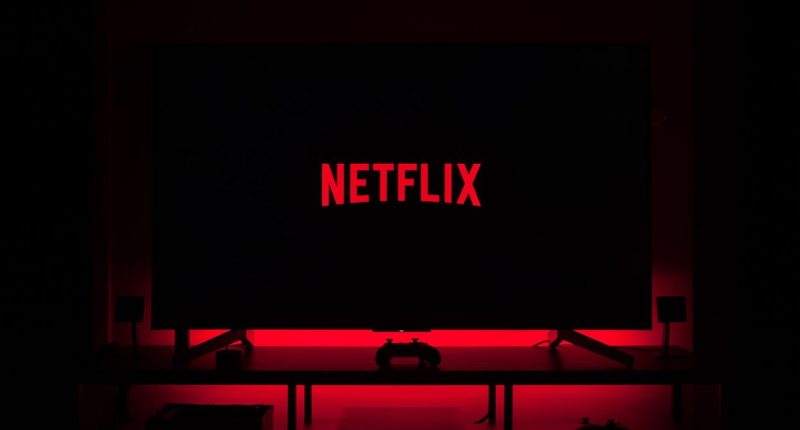With people spending time at homes, the strong growth of the streaming service industry was just a matter of time. However, even as strong names such as The Witcher (Season 2) and Squid Game came out last year, the numbers announced by streaming giant Netflix are less than stellar. It fell short of expectations in the final quarter of 2021.
The company added 8.28 million subscribers in the winter quarter, which is well short of the 8.5 million that it had projected. Netflix said that it finished Q4 with 222 million paid subscribers.
Unfortunately, this marks Netflix’s slowest growth since 2015, and its shares dropped by more than 20% in after-hours trading, to the lowest levels since June 2020. It seems that the streaming giant added just 18 million new paying subscribers during 2021, compared to the 37 million it had in 2020. Revenue for the entire year amounted to $30 billion while operating income grew by 35% year-over-year to $6.2 billion.
Its earnings per share (EPS) came at $1.33 (against an expectation of 82 cents), while it clocked $7.71 billion in revenue. Going forward, it aims to add 2.5 million subscribers in the first quarter of this year, which is lower than the 4 million it added in Q1 2021. It clocked the strongest growth not in the US-Canada region, but instead in regions like the Asia Pacific and Europe, the Middle East, and Africa. 90% of Netflix’s paid subscriber adds come from outside of the U.S. and Canada region.
This begs the question, what are the reasons for this slow growth? According to Netflix, part of the answer lies in intensified competition from other companies in the sphere. In its letter to shareholders, it said that it has intensified over the past 24 months as entertainment companies across the globe have ventured into the sphere. Its rivals include Disney (which had 179 million total subscribers across Hulu, Disney+, and ESPN+ as of 2021), HBO Max, and others. Netflix feels that the added competition may have affected its marginal growth, however, they have continued to clock growth in “every country and region in which these new streaming alternatives have launched.”
“This reinforces our view that the greatest opportunity in entertainment is the transition from linear to streaming and that with under 10% of total TV screen time in the US, our biggest market, Netflix has tremendous room for growth if we can continue to improve our service,” the letter said.
For now, it plans for a more back-end weighted content slate in the first quarter, with big premieres set for March.





